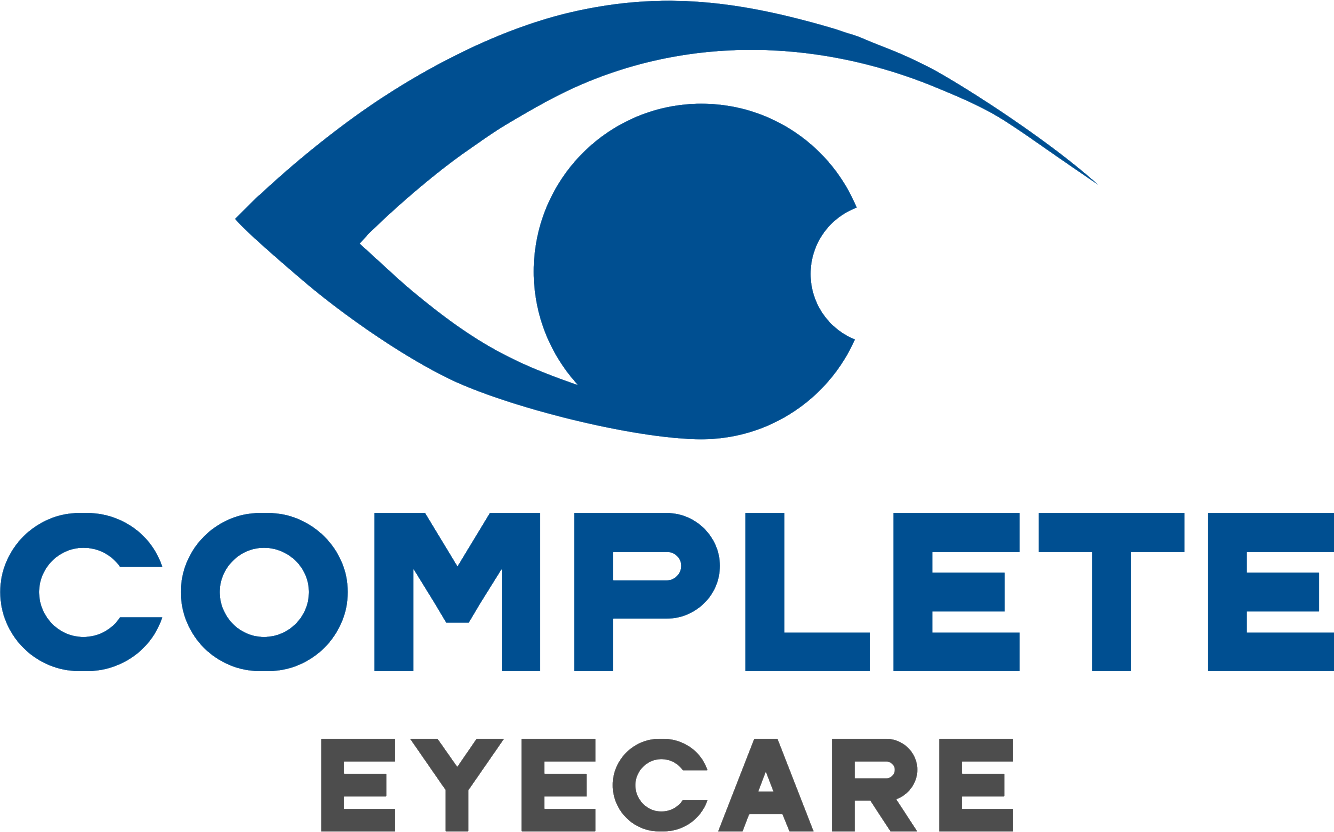
Macular degeneration is a common eye condition, especially in older adults, and is one of the leading causes of vision loss. Understanding the diagnosis process is crucial in managing this condition effectively.
What is Macular Degeneration?
Macular degeneration, or age-related macular degeneration (AMD), affects the central part of the retina called the macula. The macula is responsible for sharp, central vision, which we use for activities such as reading, driving, and recognizing faces. There are two types of AMD: dry (the more common and less severe form) and wet (more serious and associated with rapid vision loss). While macular degeneration doesn't lead to total blindness, it can cause significant visual impairment.
The Importance of Regular Eye Exams for Early Detection
One of the most important aspects of managing macular degeneration is early detection. In its early stages, AMD may not cause noticeable symptoms, making routine eye exams crucial. Early diagnosis allows for timely intervention, helping slow disease progression and preserving as much vision as possible. For those at higher risk, such as individuals over 50 or with a family history of AMD, regular eye exams become even more critical.
Diagnosis of Macular Degeneration
The diagnosis of macular degeneration typically involves a series of tests conducted by an optometrist:
1. Visual Acuity Test: This is the most common eye test and is often referred to as the "eye chart test." During this test, you are asked to read letters or symbols on a chart from a specific distance, typically 20 feet. The test helps determine how sharp or clear your vision is at different distances and identifies any issues with nearsightedness (myopia), farsightedness (hyperopia), or astigmatism.
2. Optomap Retinal Imaging: Optomap imaging is an advanced technology that captures a wide view of the retina, covering more than 80% in a single image, compared to the 10-15% seen with traditional methods. This non-invasive procedure doesn't require the use of dilation drops, making it more comfortable and convenient for patients. The high-resolution image enables the doctor to review in great detail any abnormalities or changes in the retina's structure over time.
3. Amsler Grid Test: The Amsler Grid test is a simple yet effective tool for detecting changes in the central part of your visual field, often used to check for signs of macular degeneration. You are asked to focus on a central dot in the middle of a grid of straight horizontal and vertical lines. If any lines appear wavy, blurry, or disappear altogether, it could indicate damage or changes in the macula, the central part of the retina responsible for sharp, detailed vision. Early detection through this test is crucial for managing conditions like macular degeneration before they significantly impair vision.
4. Optical Coherence Tomography (OCT): OCT is a non-invasive imaging technique that uses light waves to capture detailed cross-sectional images of the retina. The technology works similarly to ultrasound, but instead of sound waves, it uses light to create high-resolution, three-dimensional images of the retina’s layers. This allows your eye doctor to see subtle changes, such as thinning of retinal layers or fluid accumulation, which are common indicators of diseases like age-related macular degeneration (AMD) or diabetic retinopathy. OCT is highly valuable in diagnosing and monitoring the progression of both dry and wet forms of AMD.
5. Fluorescein Angiography: This specialized test is used when wet AMD is suspected or to investigate other retinal issues involving blood vessel abnormalities. During the procedure, a fluorescent dye is injected into a vein in your arm. The dye travels through the bloodstream, including the blood vessels in your eye. As the dye passes through the retina, a series of images are taken to show how the blood is flowing and if there are any abnormal vessels, blockages, or leaks. It’s particularly useful for identifying new, fragile blood vessels that form beneath the retina in wet AMD, helping guide treatment decisions such as anti-VEGF injections.
Book Your Eye Exam with Dr. Krietlow & Associates Today
Macular degeneration is a serious eye condition that requires proactive management. Early detection through regular eye exams is essential for slowing its progression and maintaining your quality of life.
If you’re concerned about your vision or experiencing symptoms of macular degeneration, schedule a comprehensive eye exam with Dr. Krietlow & Associates. Early detection is key to preserving your sight. Contact our office in Blaine, Minnesota, by calling (763) 296-8400 to book an appointment today.








